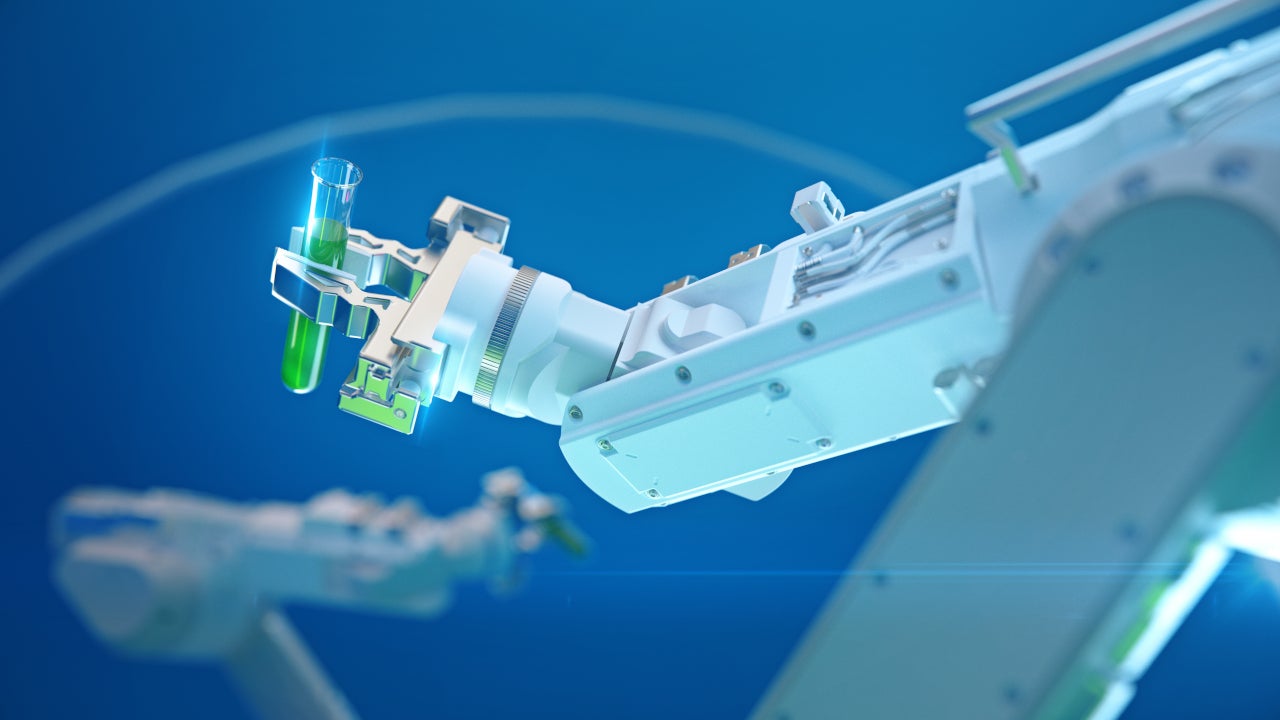
The COVID-19 pandemic, however, might have given the industry the much-needed push to increase the adoption of robotics to ensure continuation of operations amid lockdown restrictions.
Verdict has conducted a poll to assess if the use of robotics to enhance the manufacturing process has already reached its peak in the pharmaceutical industry.
Analysis of the poll results shows that robotics use has not reached its peak and will take more than five years to reach its peak, as voted by a majority 50% of the respondents. Further, 13% of the respondents opined that the technology will take from three to five years to peak, while 11% voted that the same will take from one to three years.
Comparatively, just 15% of the respondents voted that robotics use has reached its peak, While 8% voted that the technology reached its peak more than five years ago, 4% voted that it peaked one to three years ago and 3% voted that the same happened three to five years ago.
The remaining 11% of the respondents opined that the technology is peaking now.

The analysis is based on 239 responses received from the readers of Pharmaceutical Technology, a Verdict network site, between 25 May and 25 June 2021.
Robotics’ use in pharmaceutical manufacturing
Pharmaceutical companies are increasingly partnering with automation and robotics solutions providers to integrate these technologies into processes such as drug development, manufacturing, and anti-counterfeiting.
Automation technologies can boost the speed of the manufacturing process and make it safer and efficient, while also reducing manpower cost.
Orders for robots from the North American life sciences companies increased by 69% in 2020 compared to 2019, according to the Robotic Industries Association (RIA), a trade group focused on the robotics industry. Majority of the robots that are currently used by the pharmaceutical industry are limited to dispensing, sorting, kit assembly, light machine-tending, and packaging.
Personalised medicine is one area where the use of robotics is expected to increase to make it viable. Robotics and automation can help in reducing the complexity of the process as well as costs, while accelerating the pace at which individual gene sequences are analysed. Robots are also being used to address drug shortages caused by manufacturing delays for products such as pre-filled syringes.
Clemson University and Nephron Pharmaceuticals Corporation, for example, have developed a benchtop robot that can fill, cap and seal sterile pre-filled syringes, which can reduce costs by preventing drug overfill and minimising contamination. Filling syringes in the absence of a robot is a highly regulated process that needs to be undertaken by specialised technicians under ISO-certified clean rooms. The robot is expected to help in addressing the shortage of pre-filled syringes in hospitals and healthcare facilities.



